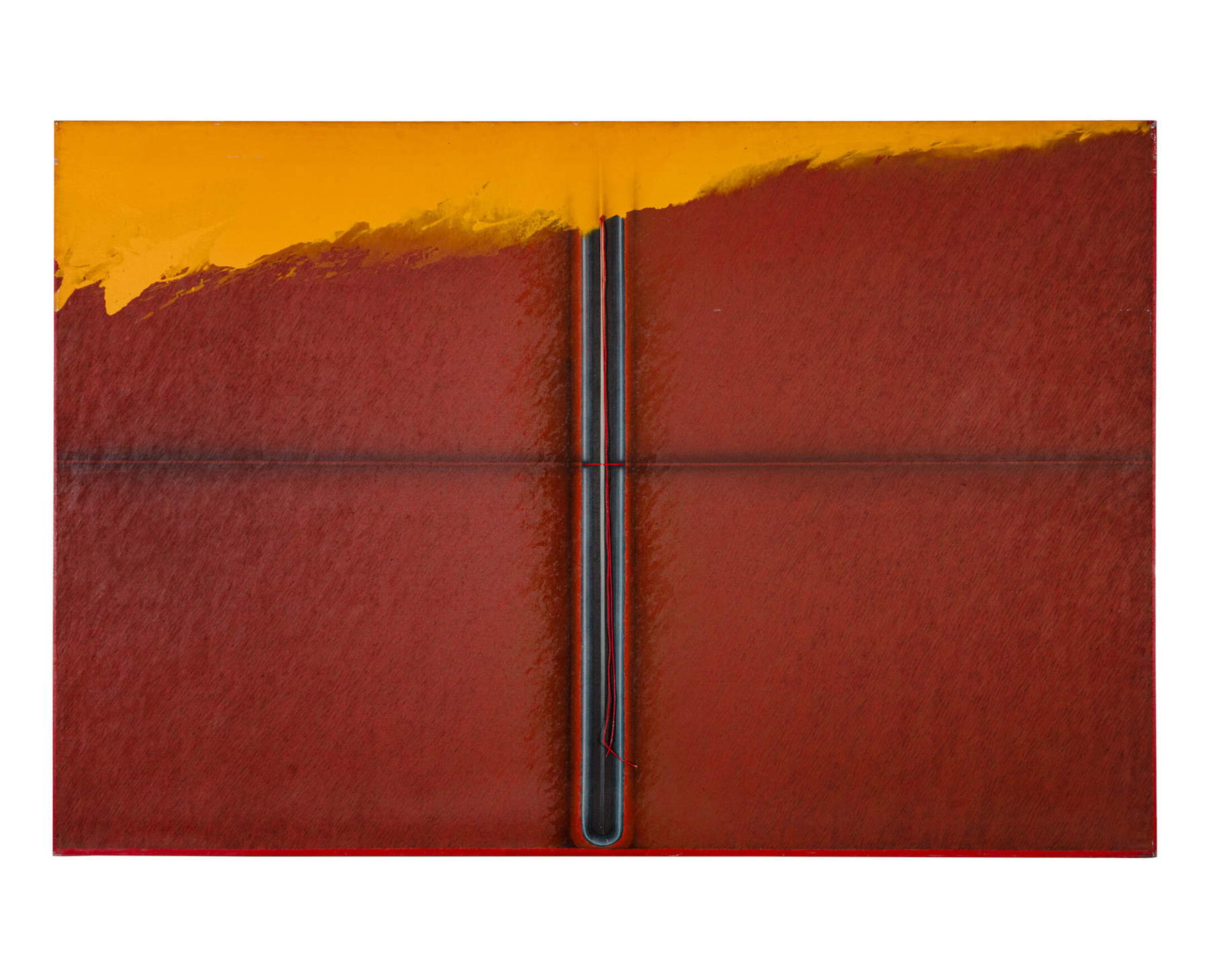Bologna, Cube Museum hosts paintings by Maurizio Bottarelli, the last of the Naturalists
Dispelling the Limit is the title of the Maurizio Bottarelli (Fidenza, 1943) exhibition held at CUBO, the Unipol Group’s Corporate Museum, which presents a corpus of paintings donated to the Unipol Group’s artistic heritage by the Emilian artist, defined by the great art critic and historian Francesco Arcangeli as “the last of the Naturalists.” Scheduled from June 13 to Sept. 29, the exhibition curated by Pasquale Fameli, unfolds in the two venues of Porta Europa and Torre Unipol in Bologna. The exhibition summarizes the most representative stages of Bottarelli’s creative journey and offers the opportunity to highlight the relationships that the artist himself established with coeval national and international authors and artistic currents.
Maurizio Bottarelli, a witness to an “ideal torment,” again to borrow Arcangeli’s words, has chosen the Unipol CUBO Business Museum as a place to enhance his production, recognizing in the founding values of the Museum - memory, protection, sharing and future - the principles that also underlie his own legacy. Bottarelli’s entire production, characterized by continuous experimentation with pictorial materials that form landscapes and atmospheres of strong intensity, springs from a profound reflection on the human condition, which is expressed through three essential themes: the head, the nude and the landscape.
The exhibition itinerary opens in Porta Europa with the 1962 Head, in which one can read the developments of his research by showing the close-up of a subject deformed by existential torment, in agreement with the themes and moods of the European Informal, particularly Jean Dubuffet, Jean Fautrier, or even his fellow countryman Pirro Cuniberti. The head is a model that Bottarelli reiterates over time, as the two 2012 Heads, made in mixed media with tar paper, also show: they are worn and corroded images of unspecified identities. The dimensions of all these paintings, excessive compared to the conventions of portraiture, suggest that each head represents a place, a topography of suffering. And it is from the motif of the head that Bottarelli directly extracts that of the landscape, understood not as a representation of a natural setting but as an exploration of the human subject.
Indeed, in the more mature phase of Bottarelli’s career, one can see how the landscape takes on the value of an existential metaphor, an emanation of the conflict between the individual and the world. The torment surfaces in works such as Nude of 1964, a deliberately unfinished development of an alien figure, born from the fertilization of the informal core, a monstrous and elegant body shaped under the influence of Francis Bacon and Graham Sutherland. The nude theme also allows Bottarelli to address the criticality of the existential condition, distilled this time into an ambiguous subject, unable to acquire a defined identity. It is a solution that recurs several times in the artist’s career, as also attested by the 1996 Nude, a shrunken figure trying to escape from the narrow space assigned to it. Alien and monstrous bodies thus abandon spaces to reveal their structures; they are cold, industrial, severely constructed places that allude to the physical finiteness of each individual.
This sense of transience also leaks through from the two Untitled of 1986, still walls, but this time peeling, imperfect, caught in a darkness that is no longer that of a dimly lit interior but that of a solitary nighttime stroll.
The exhibition then moves on to analyze the more mature phase of Bottarelli’s research, at the turn of the late 1970s and early 1980s, in which there is a return to landscape always understood as an existential metaphor and the reopening of a romantic space, in which there is a glimpse of William Turner and Gustave Courbet’s naturalism, aimed at reaffirming the dramatic nature of the subjective condition in the face of the forces of nature. Works such as Icelandic Landscape (1991), Key Image (1992), Tasmania (2005) belong to this period.
The path is perfected in Porta Europa where it will be exhibited, Untitled of 1972, jokingly baptized by Arcangeli the "Nero," one of the greatest examples of this phase of research, perhaps the work to be considered most representative, if we consider that the same critic would have wanted to exhibit it at the Italian Pavilion of the Venice Biennale of the same year, dedicated to the alternation Work or behavior.
Catalog editions CUBO Unipol. For info: www.cubounipol.it
 |
| Bologna, Cube Museum hosts paintings by Maurizio Bottarelli, the last of the Naturalists |
Warning: the translation into English of the original Italian article was created using automatic tools. We undertake to review all articles, but we do not guarantee the total absence of inaccuracies in the translation due to the program. You can find the original by clicking on the ITA button. If you find any mistake,please contact us.




























